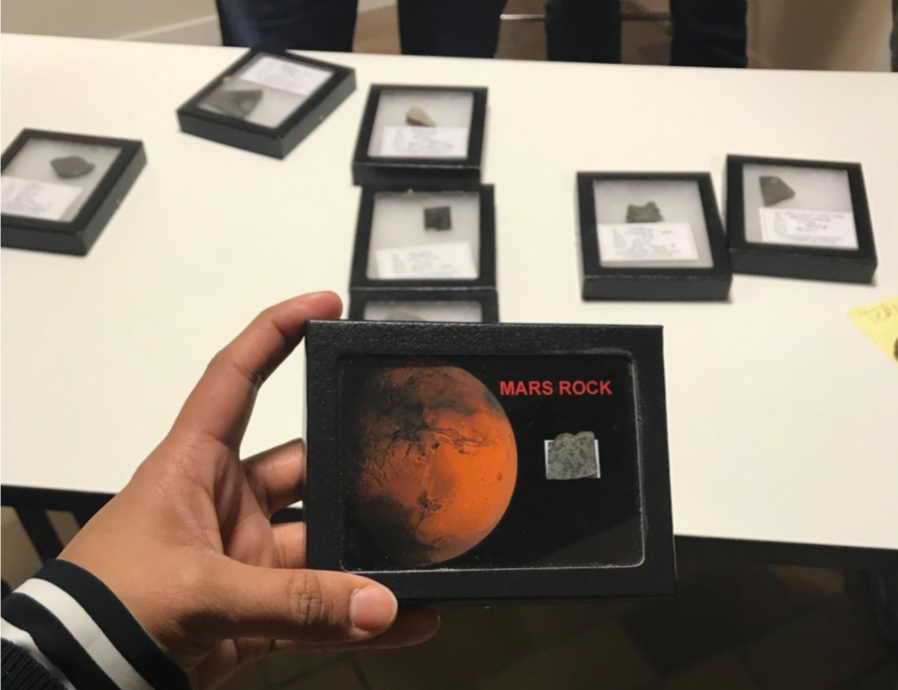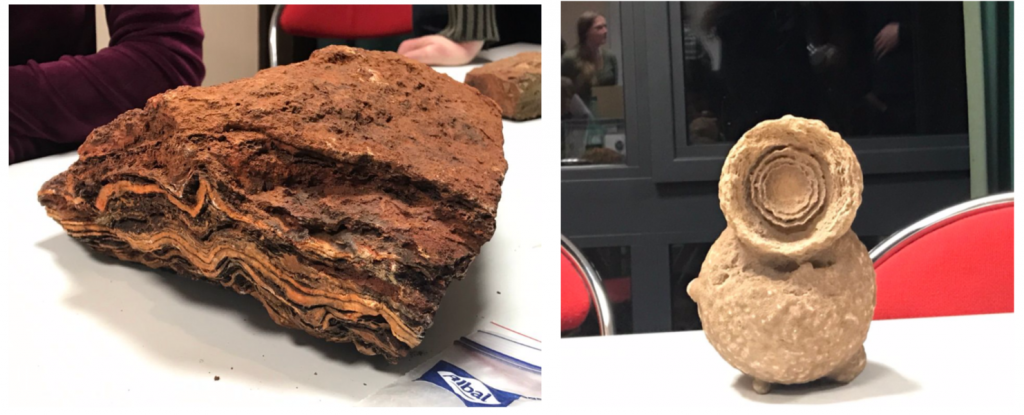RED’ 2019 Astrobiology School Experience
Guest post by Sneha Shirsat, one of our past Young Scientist Program (YSP) participants. This past summer, Sneha took part in the 2019 class of Rencontres Exobiolgiques pour Doctorants (RED’ 2019) at the Réserve Ornithologique du Teich in France! The program offers a weeklong course of training in astrobiology, through lectures, projects, and hands-on training.
After a long hiatus from my astrobiology rendezvous in 2015 as part of the Blue Marble Space Institute of Science Young Scientist Program, I ventured out to France this year to kick-start my exploration and learnings with a new spirit.
Much like our very own BMSIS, that encourages students and aspiring early career scientists to get a platform to contribute to the interdisciplinary field of astrobiology, RED’ 2019 school invites enthusiasts from all over the world to participate in this unique training.
RED’ 19 is an interdisciplinary training in astrobiology to enable students or young scientists to be able to address issues about the origins of life on Earth, its evolution, and its distribution in the Universe. It was held in March 2019, in the heart of a natural preserve park at Le Teich.
The whole week we spent time in Réserve Ornithologique Du Teich near Bordeaux in the midst of nature, near beautiful birds by the pond. The entire experience was immersive in astrobiology and interactions with people who share a passion for it. Personally for me, getting to know the perspectives of scientists, their drive for research and pure motivation in solving the most complex challenges in science, served as pure motivation.

RED’ 2019 started with a warm welcome and introduction of all students participating in the training, which includes a gamut of disciplines like astrochemistry, genetics, space biology, physics, computer science, and informatics. Thanks to my BMSIS YSP project in “Implications of Radiation on Astronaut Health”, which gave me exposure to radiation simulations to data analysis of space particles, I was able to bridge the fields of astrobiology and data science.
The theme of RED’ 19 was very structured and comprised of lectures on origins of the solar system, oceanography, and extreme environments. The topics of lectures are available here.
The themes of the lectures had gradual progression from what is the meaning of astrobiology and how stars and planets were formed. It advanced to areas of stellar nucleosynthesis in a nutshell, formation of planetary disks and the young solar system, and meteorites. We learnt about the significance of the Hertzsprung–Russell diagram that is used in classification of stars according to their luminosity, color, and temperatures, and explored the Asymptotic Giant Branch, which identifies the red supergiants.
From there we moved to the topic of meteorites and how their mineral composition tells a lot about the early stages of the formation of the solar system.

In the Geology and Meteorite Workshop of the course, we were fortunate to actually observe meteorites under the microscope. We got to observe carbonaceous chondrites, some of the most primitive meteorites in the solar system. These meteorites contain chondrules and Calcium-Aluminium-rich Inclusions and some metal grains. Few with low FeO are darker chondrules while the ones with high FeO are light colored spots. We got to observe Allende and Orgueil meteorite samples.
The Geology Workshop had pre-cursor geology lectures which covered topics on plate tectonics, craters, and also some misconceptions and challenges in geobiology and how these rock specimens tell stories of early life on earth, how volcanoes were important in shaping the climate of the planet and testing the synthesis of life in the making. We learnt how fossilization is rare and not every rock can be preserved due to tumultuous climatic changes in early earth. These geological changes on earth, the dry-wet cycles, UV light and redox reactions now serve as scientific models in the study of origins of life. The oldest rock discovered so far is ~4 billion years old whereas the universe is 13.8 billion years. Ingredients of life are being derived from deep studies of these rocks on earth and meteorites. However, the recipe of life is one of the most exciting challenges in astrobiology.
We also learnt about bio-sedimentary structures and microfossils – rocks influenced by the activities of microorganisms. These in-situ samples help us understand the evolution of life on earth with some challenges caused due to incomplete preservations, contaminations and some minerals that look life-like. We got to see things like stromatolites, tektites, and Banded Iron Formations (BIFs):


Tektites (left) – gravel from terrestrial debris ejected during meteorite impacts, they are composed of black, brown or green natural glass which is result of high pressure impact. Right image is a Banded Iron Formation (BIF)
Mid-week at RED’ 19, we all gathered for a movie night which had a poll running among Arrival and all time classic Contact, with the winner being Contact (obviously). The experience of sharing moments of re-discovering the curious kid and scientist within ourselves bonded the group very well.
Group Project: We worked on projects in astrobiology where we split into groups of 4-5 students. The groups were supposed to be unique and interdisciplinary and multicultural at the same time. Much like most space missions, we were asked to get a balance between major sciences and technology domains with individual expertise to be put together for one common goal of the mission.
Here, I was co-incidentally fortunate to be part of a all-women team from countries like Greece, Italy, Lebanon, Portugal, India, and Canada. The disciplines organic chemistry, geology, astrophysics, biology, and computer science collaborated for the topic – “Consequences of Discovery of Life”.
We narrowed down to scientific, societal consequences depending on the type of life form that may get discovered. Impact of discovery of intelligent life to finding bacteria or viruses covered the presentation. With Greece and India being on the team we also had a democratic add-on to the project by a survey sent to all students of how their reactions would be on discovery of life, and amongst all scientists 71% of them were positively excited about the idea of discovery of intelligent life forms.
Meet the Astronauts! We concluded the training with lectures on Space Missions from the honorable Dr. Michel Viso, a former cosmonaut from CNES. Lectures covered programs and instruments to phases and collaboration between scientists and engineers in real space missions. It was interesting to know how teams avoid single points of failure, learn about challenges, practical difficulties in instrument calibrations, data analysis and deployments of equipment. We were also joined by an analog astronaut, Dr. Cyprien Verseux, who shared his experiences in Concordia Station, Antarctica, on survival in extreme environments. I was awed by how simple day-to-day life activities can turn out to be so challenging in outer space. It was fun to hear about adjustments to sunlight cycles (Zeitgeber), limited availability of food, and sponge baths and enforcement of hygiene. Group interactions, following specific protocols, inter-cultural experiences, division of responsibility within the space troupe and isolation from the rest of humanity and environment can have effects on emotional and physical health. Their feats truly make them space soldiers and enable more scientific studies with practical experiments and data.
It was a great pleasure and honor to be in the company of brilliant minds, exquisite food, discussions and merriment with one passion of exploring this vastness of the universe and being in awe of the wonders of life as we know it.

You can watch the lectures from RED’ 19 at the Youtube page for the Société Française d’Exobiologie. Since completing the YSP, Sneha Shirsat is now a Software Engineer in Paytm Labs in Ontario Canada.
